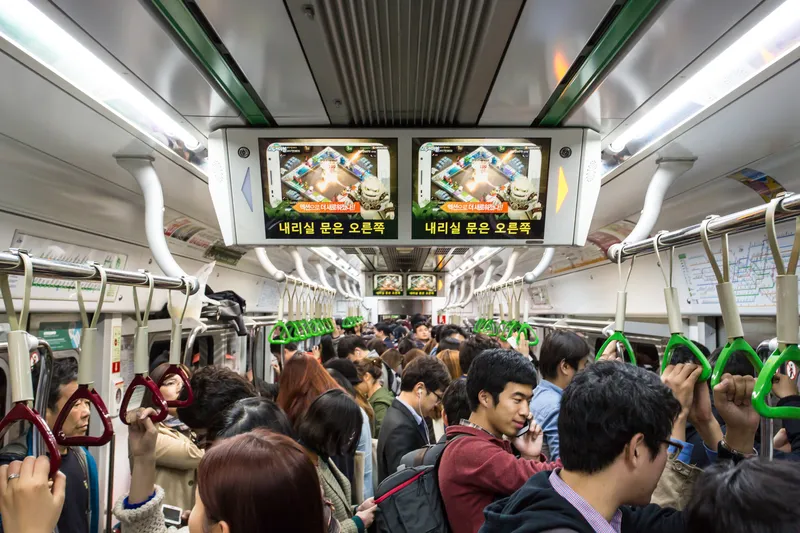Toshiba International is to replace over 20,000 high-pressure sodium (HPS) street lamps in San Antonio, Texas with LED luminaires. The city’s existing 250-watt HPS luminaires consume 310 system watts and are being replaced by Toshiba’s 100-watt 42-chip TGT LED luminaires. According to Toshiba, product durability and low energy consumption means LED lighting provides one of the lowest life cycle costs of any lighting technology.
October 1, 2012
Read time: 2 mins

Local power company
The Toshiba TGT LED Luminaire is a direct replacement for high-intensity discharge (HID) lighting, such as high-pressure sodium or metal-halide, which require frequent maintenance and consume up to 70% more energy than LED light sources. In contrast, Toshiba’s TGT LED luminaire has a rated life of 100,000 hours L85, and the photocells have a rated life of 15 years, which means the TGT luminaire lasts up to 5 times longer with a lower lumen depreciation than metal-halide and twice as long as high-pressure sodium products.
“We were incredibly pleased with the quality of light from the Toshiba product. The change-outs implemented to date have resulted in a marked improvement on light distribution and colour rendering,” said Richard Lujan, Manager for Standards and Specification at CPS Energy.









